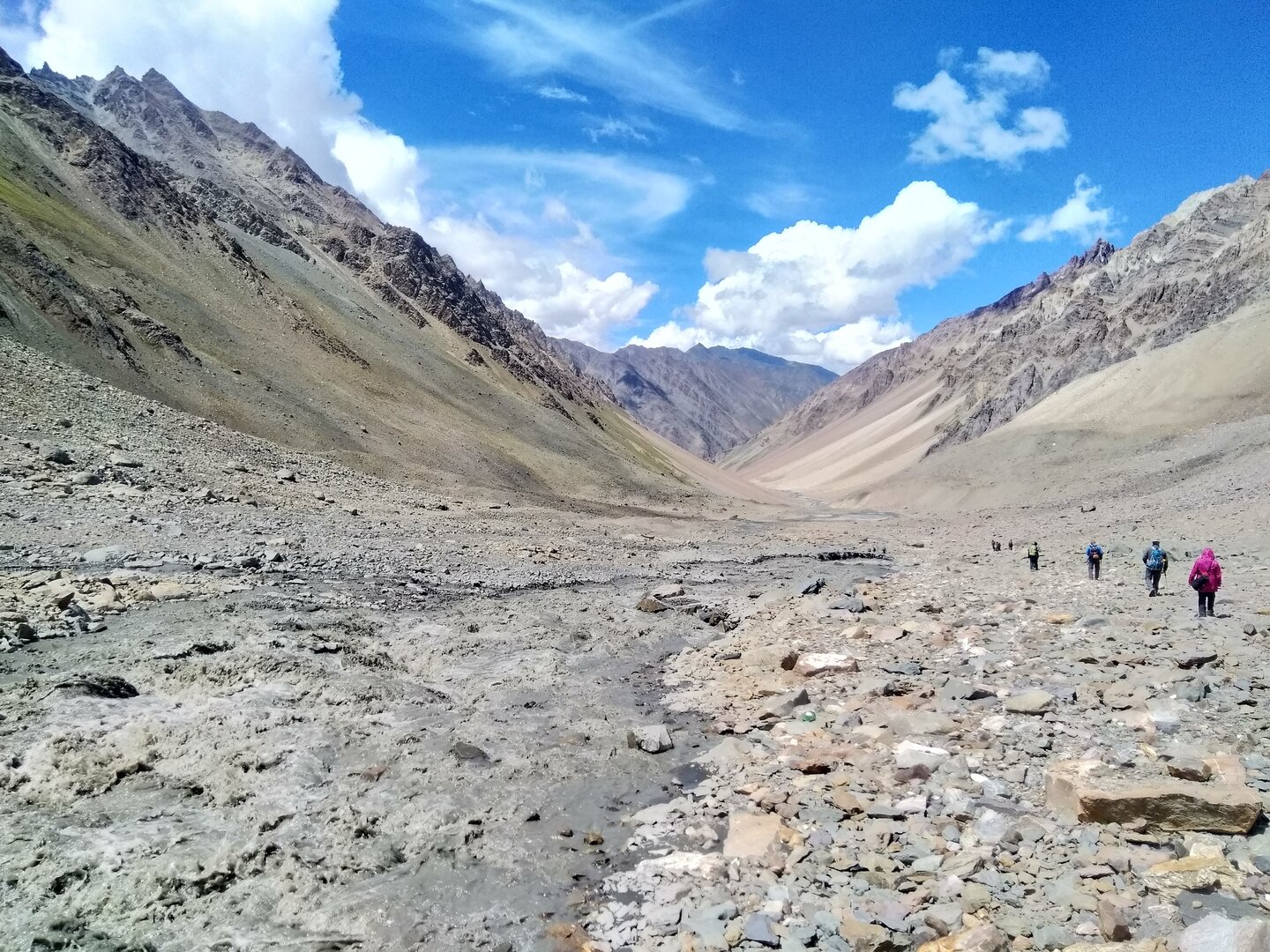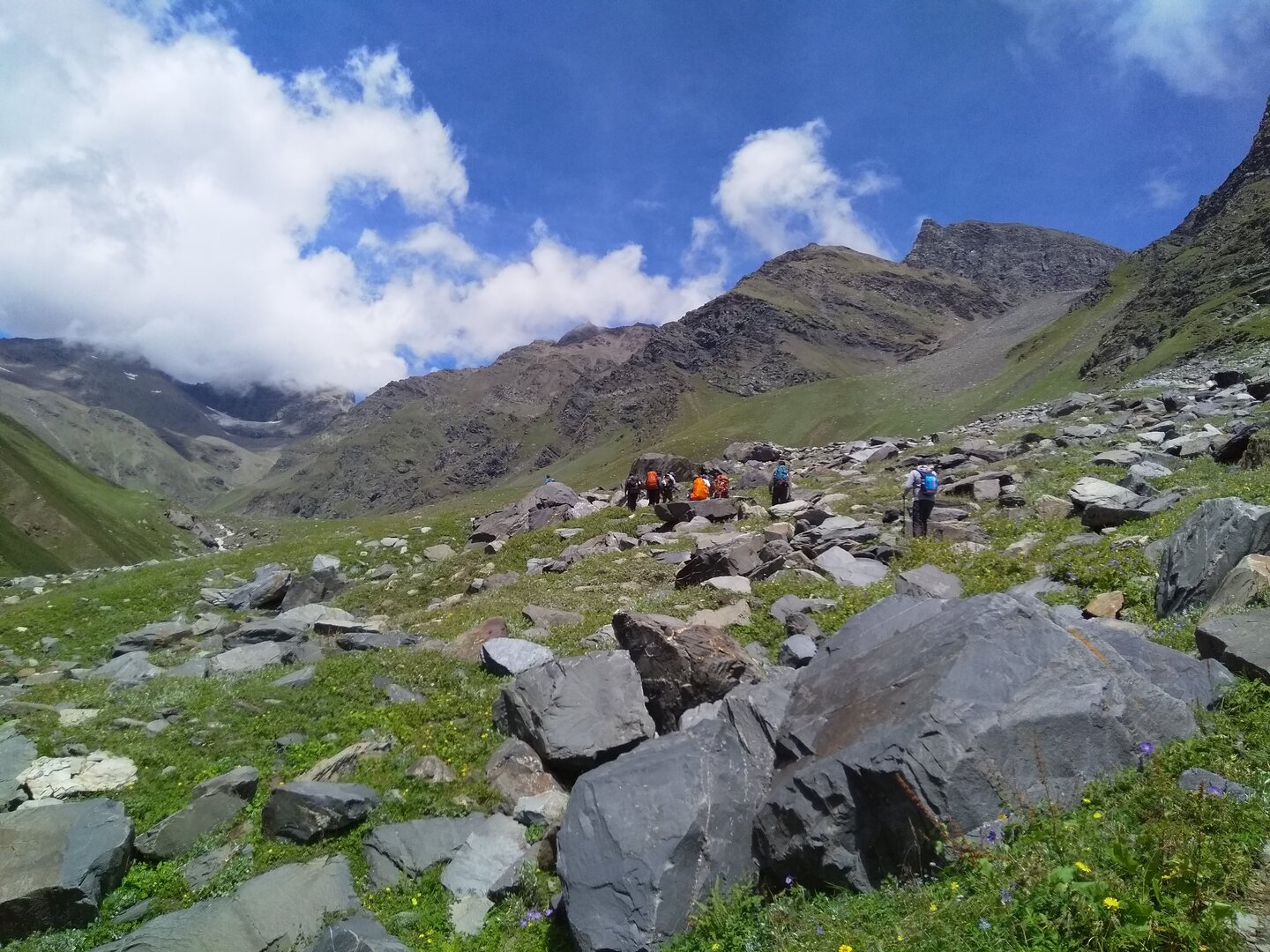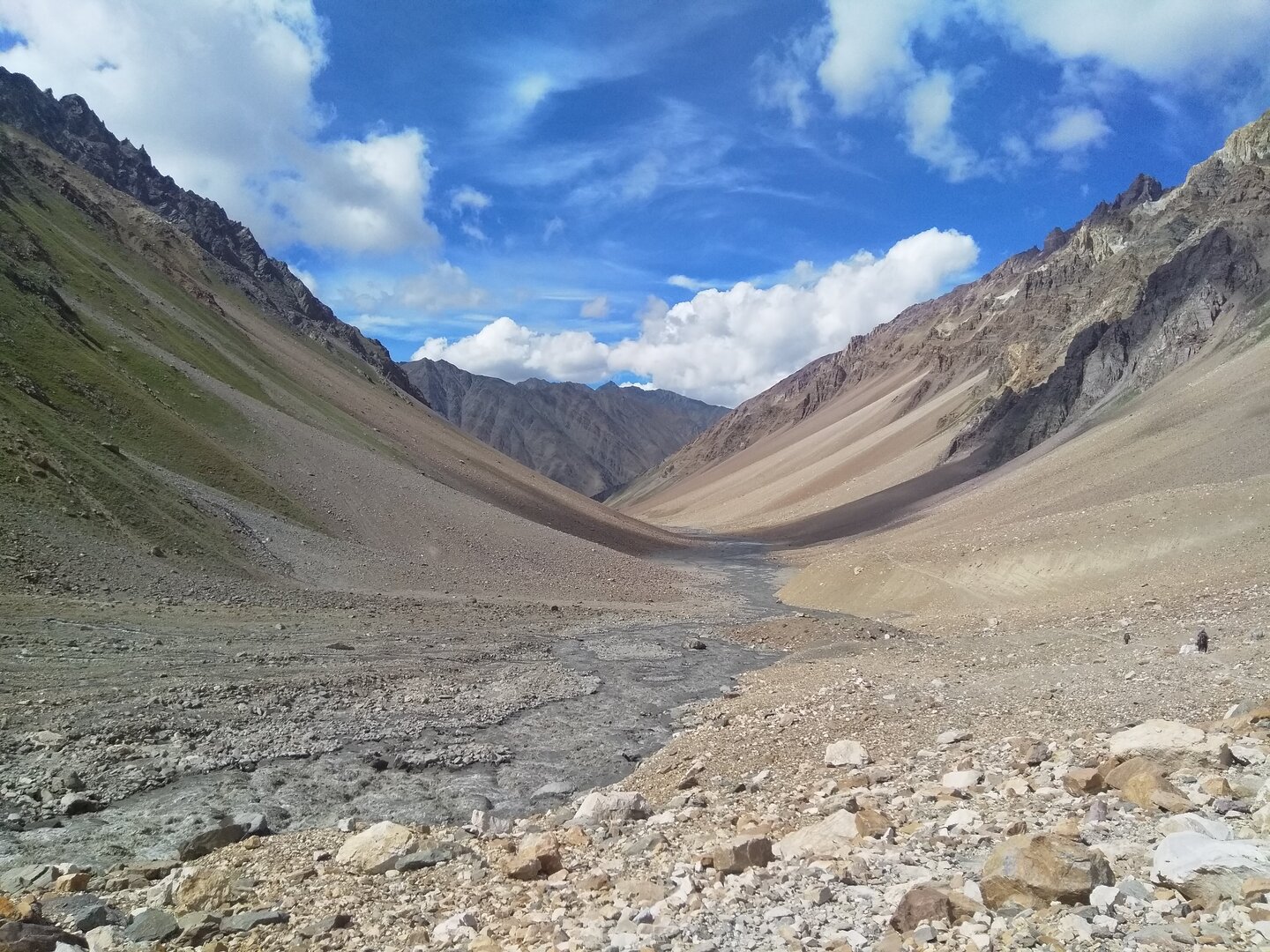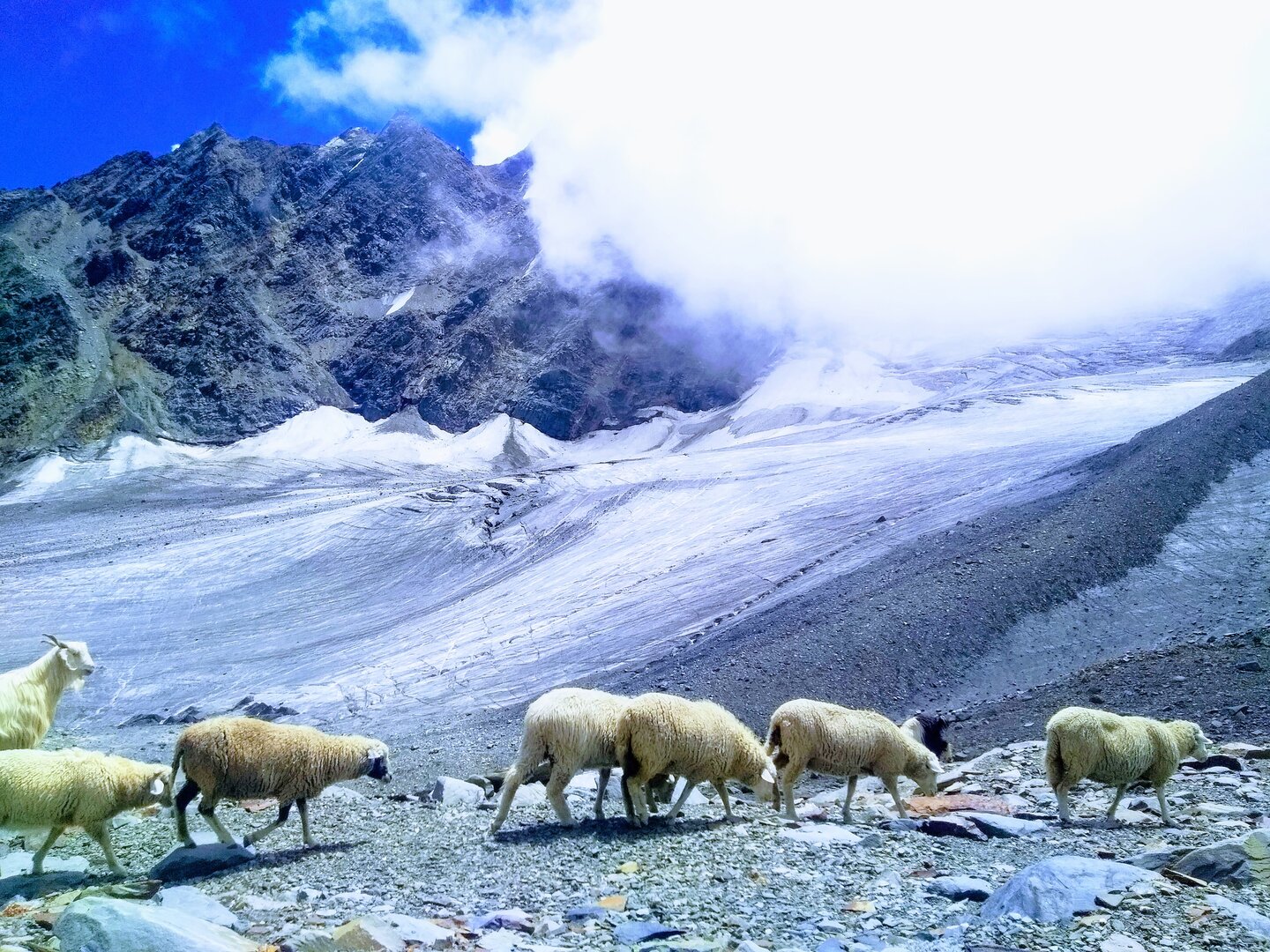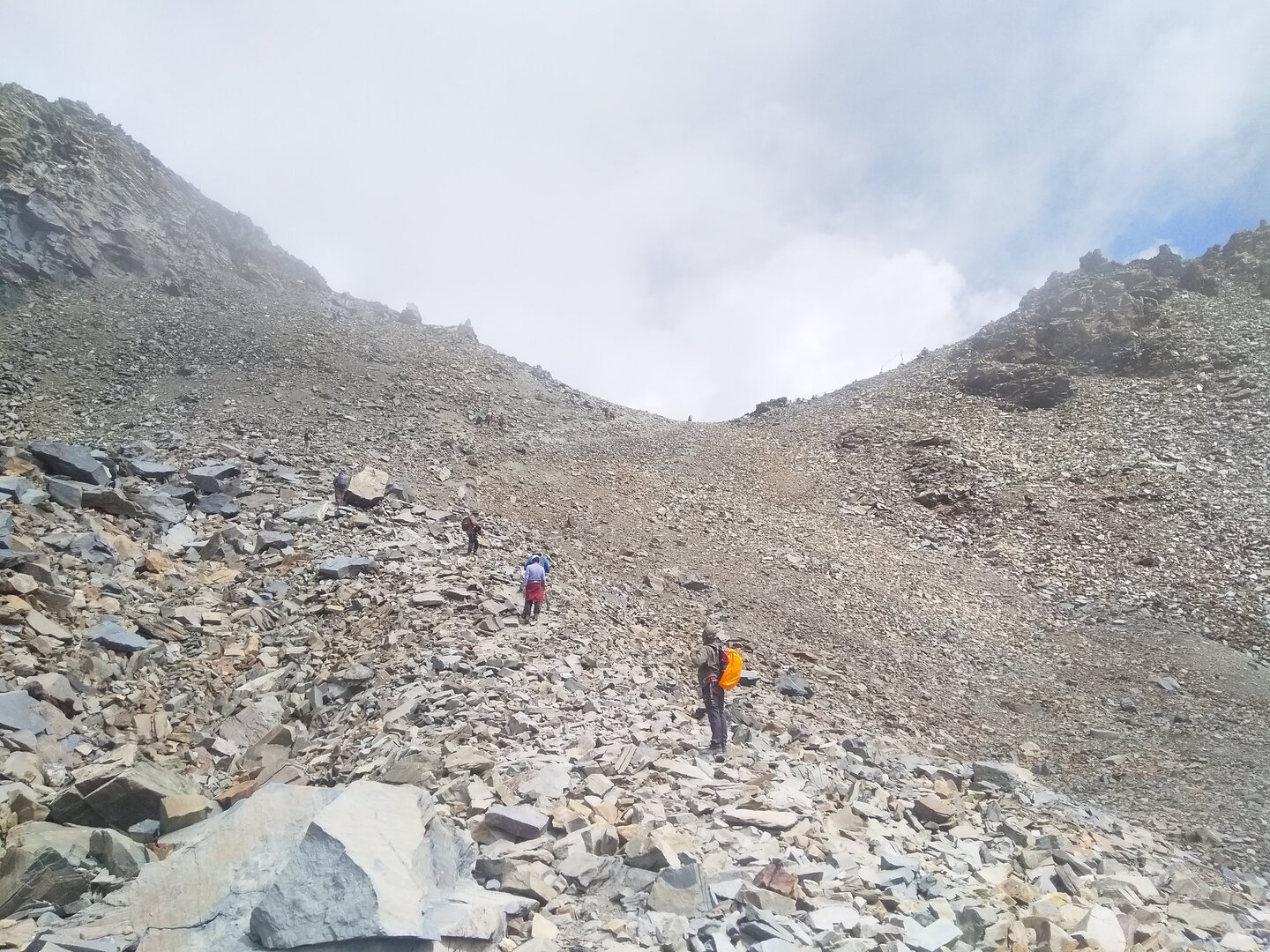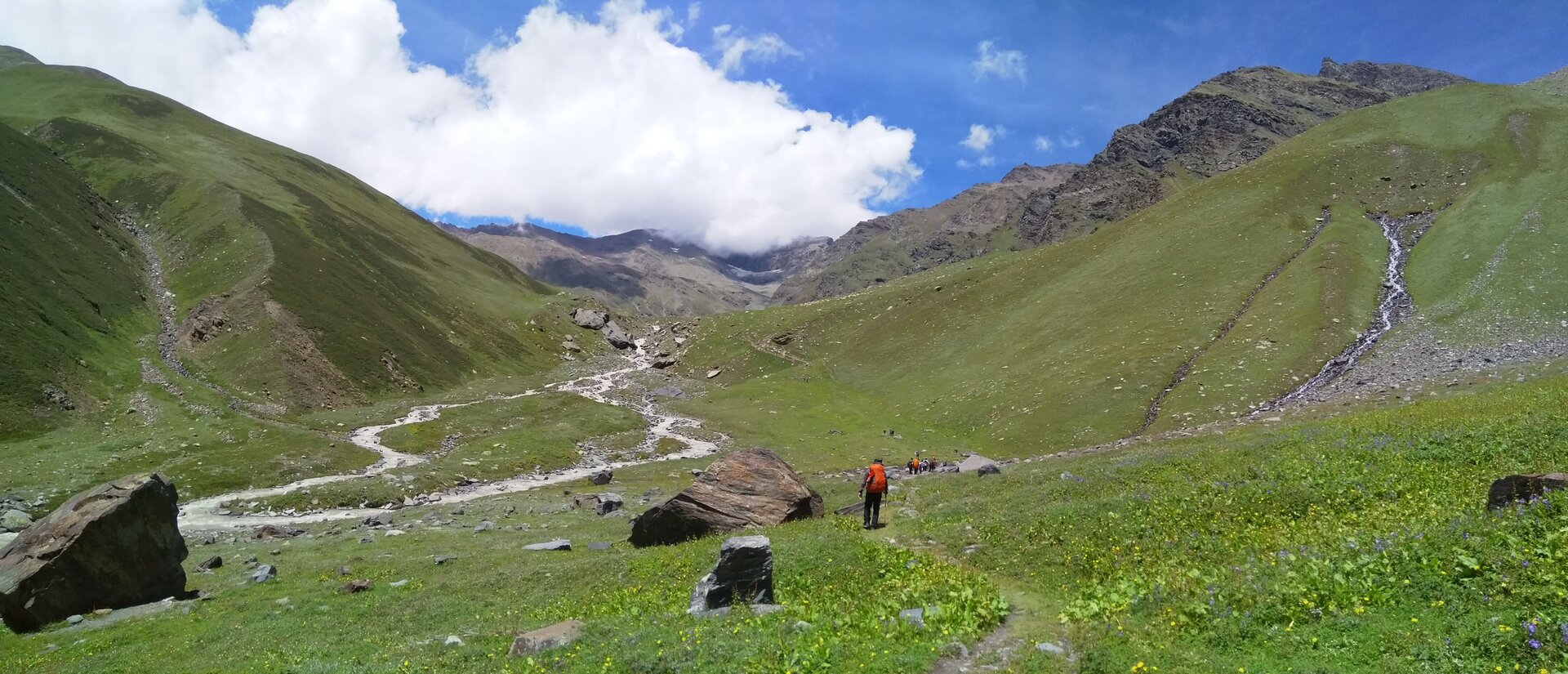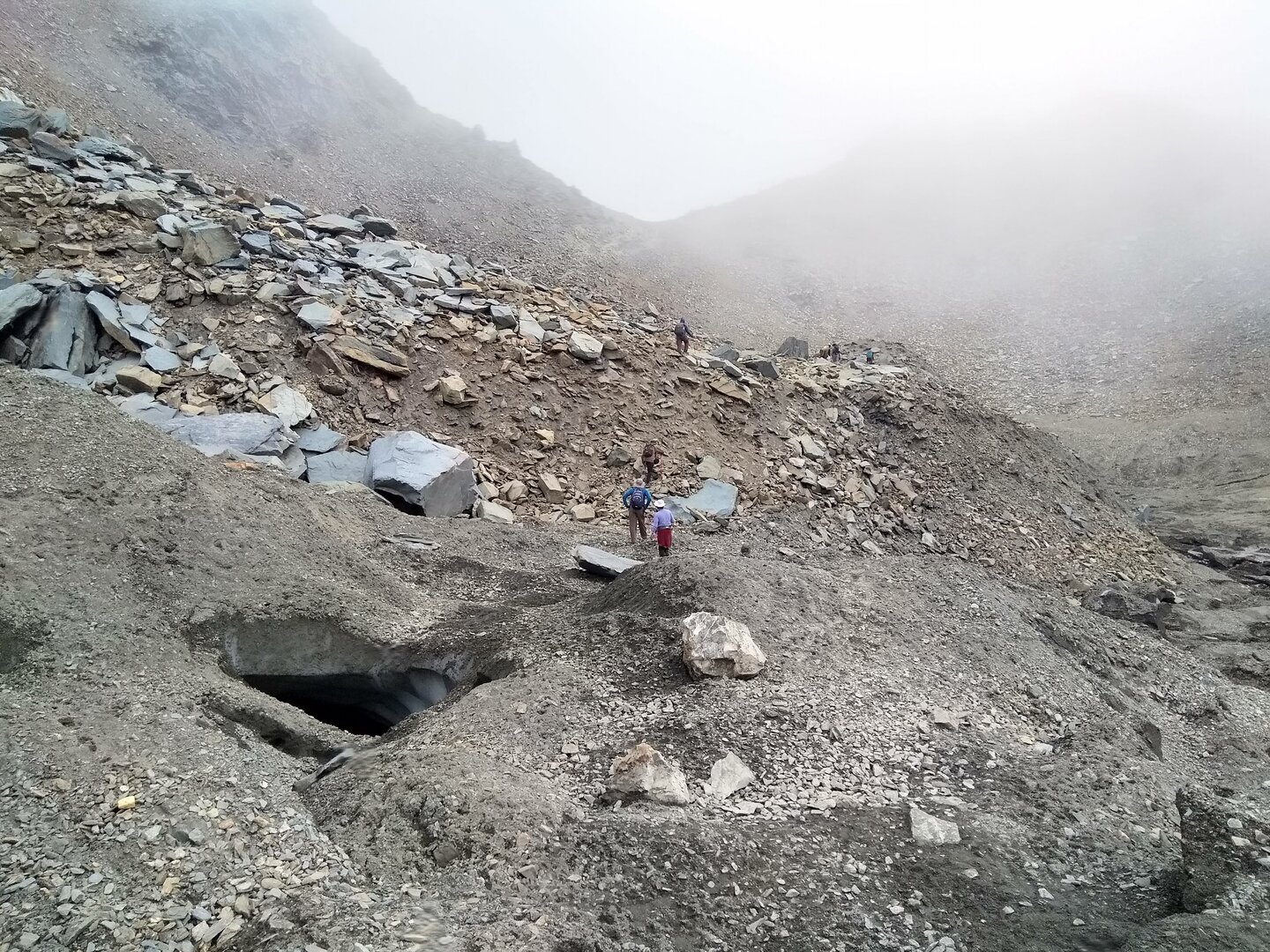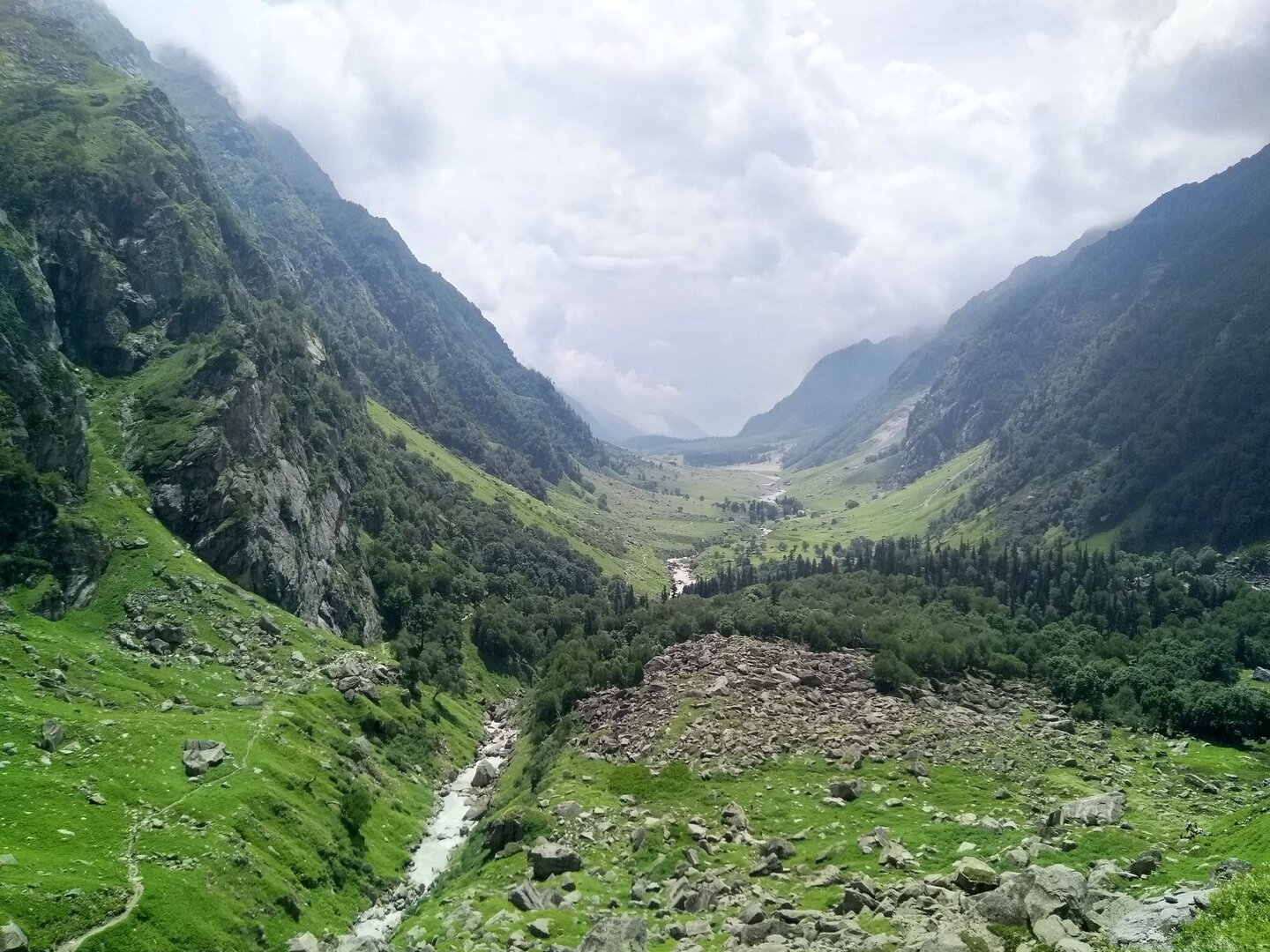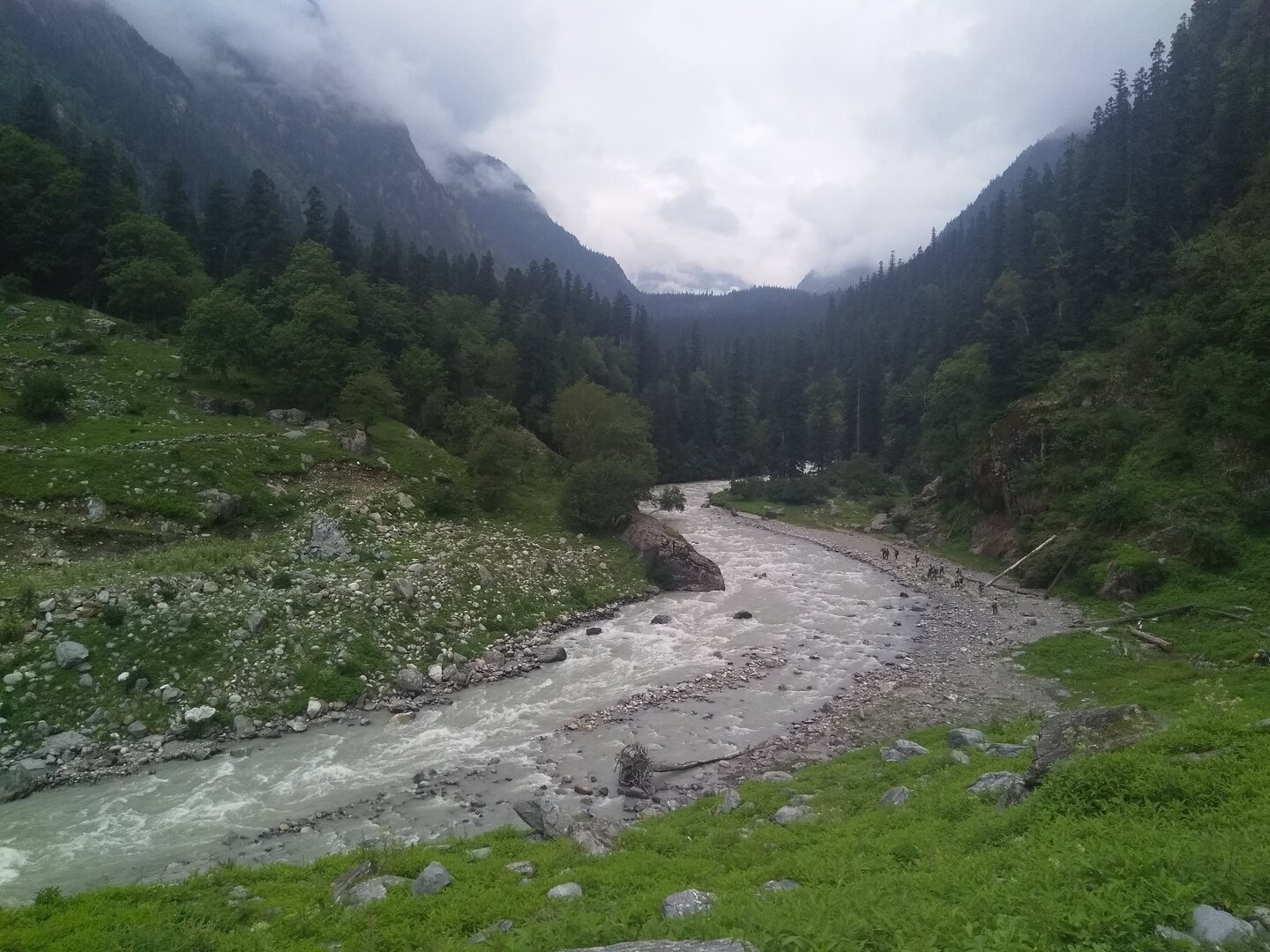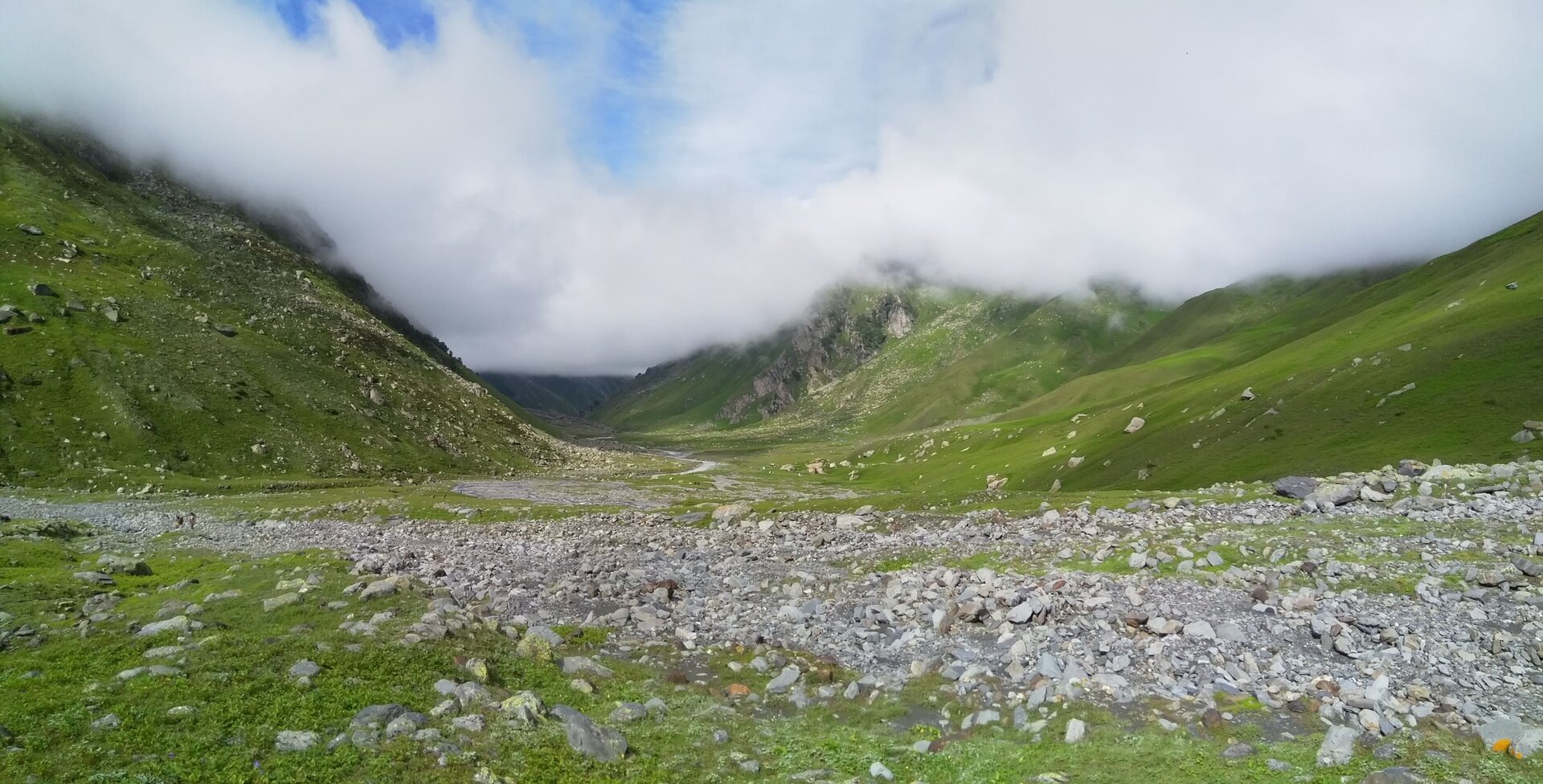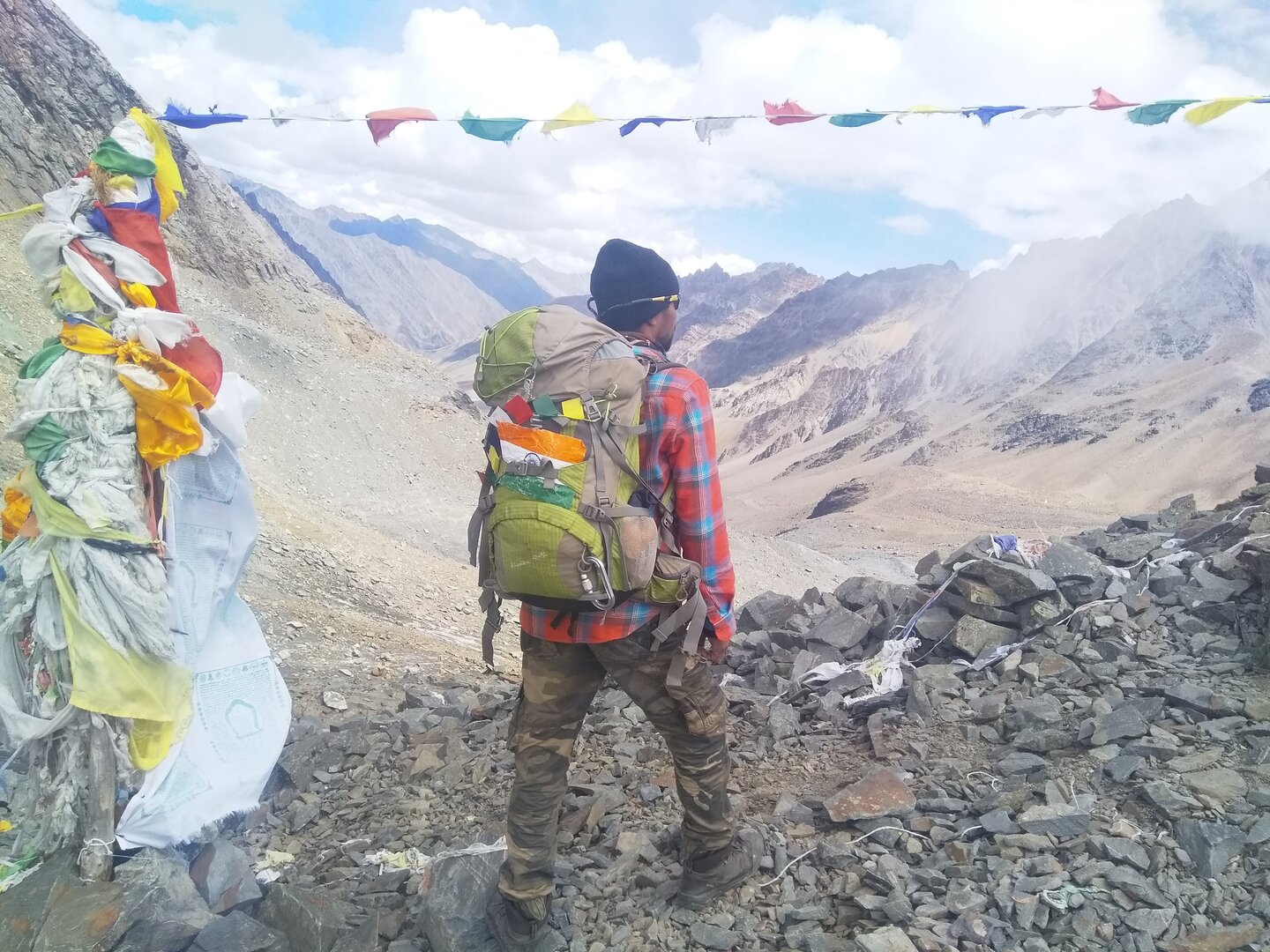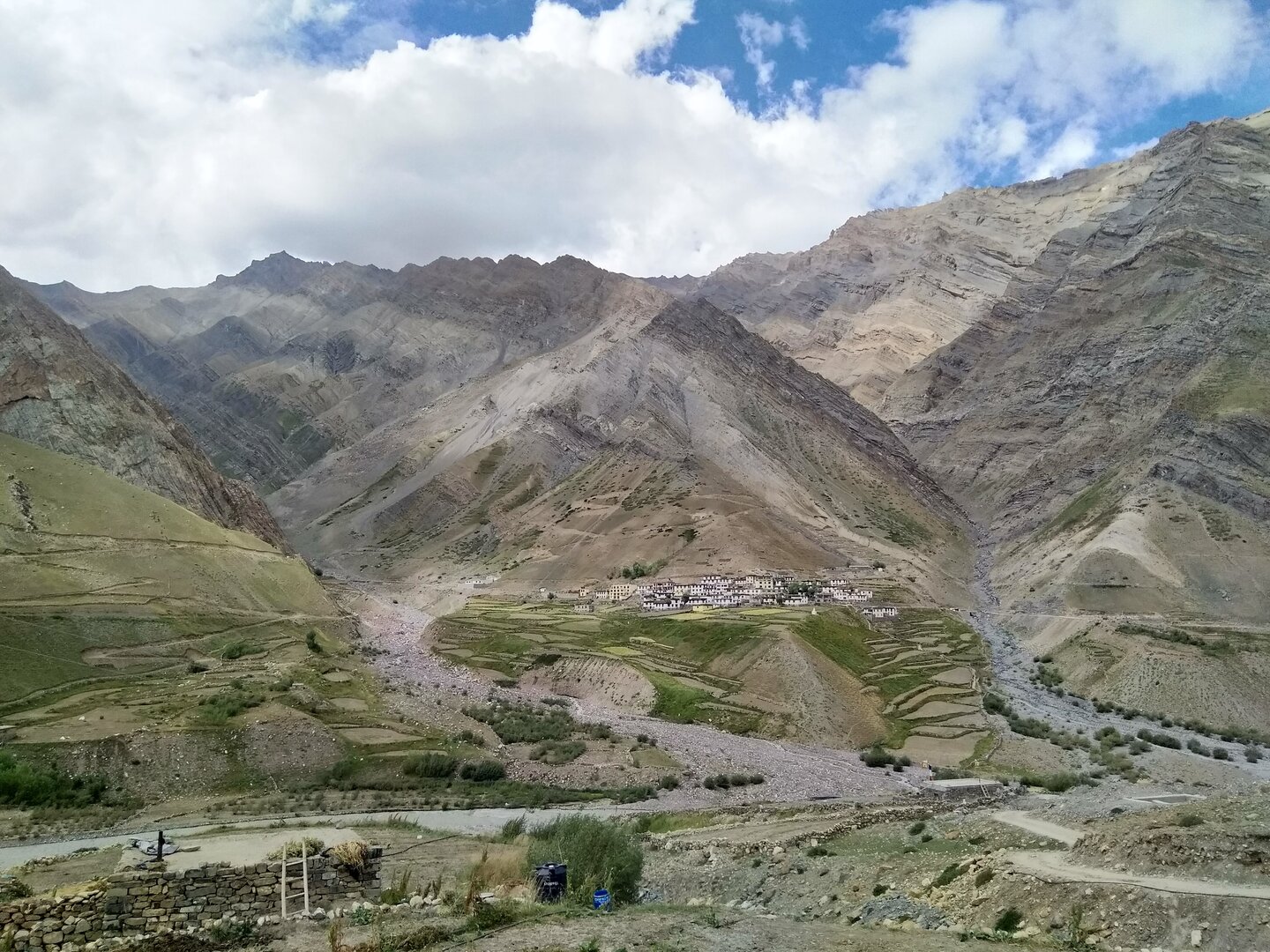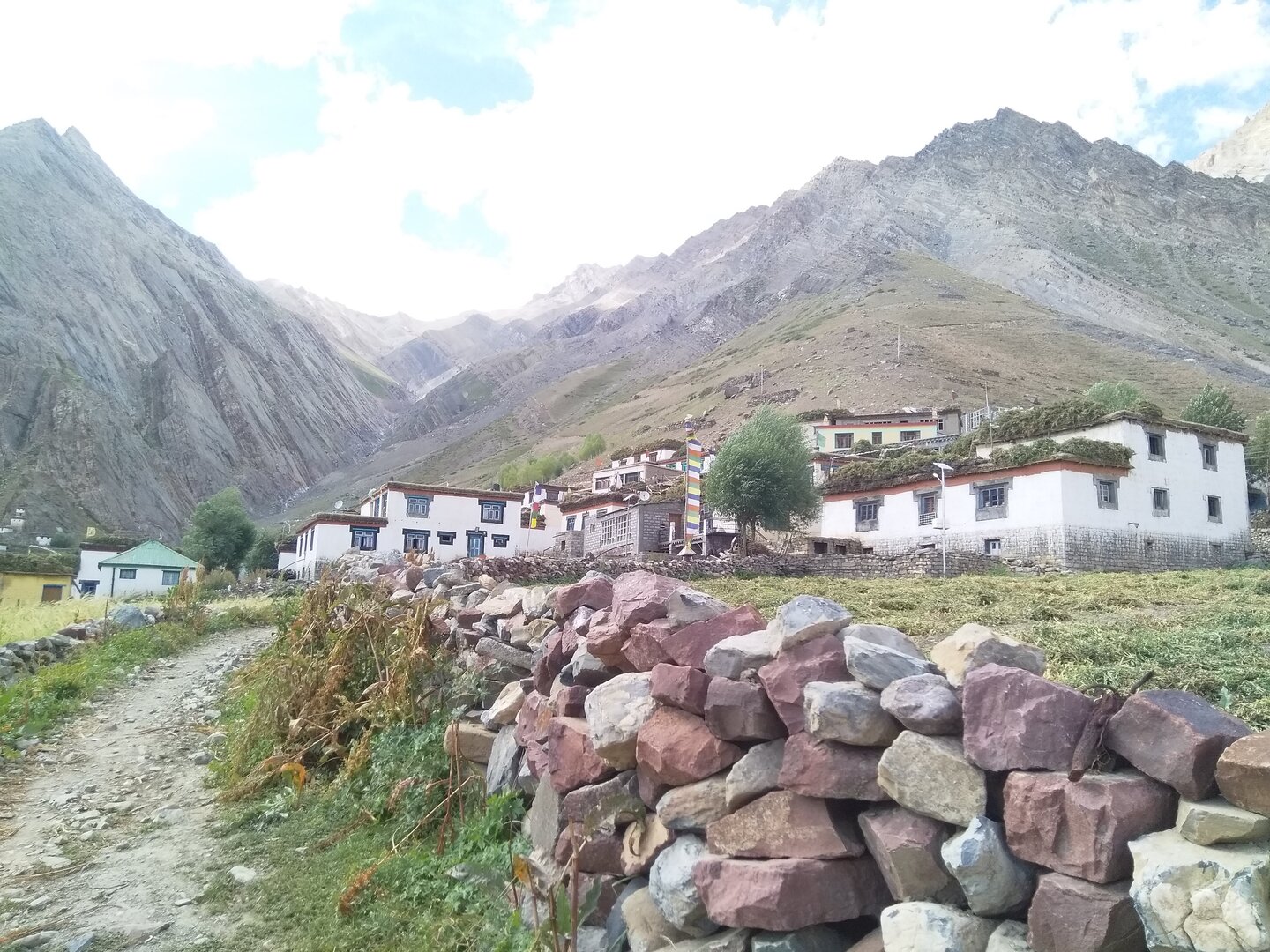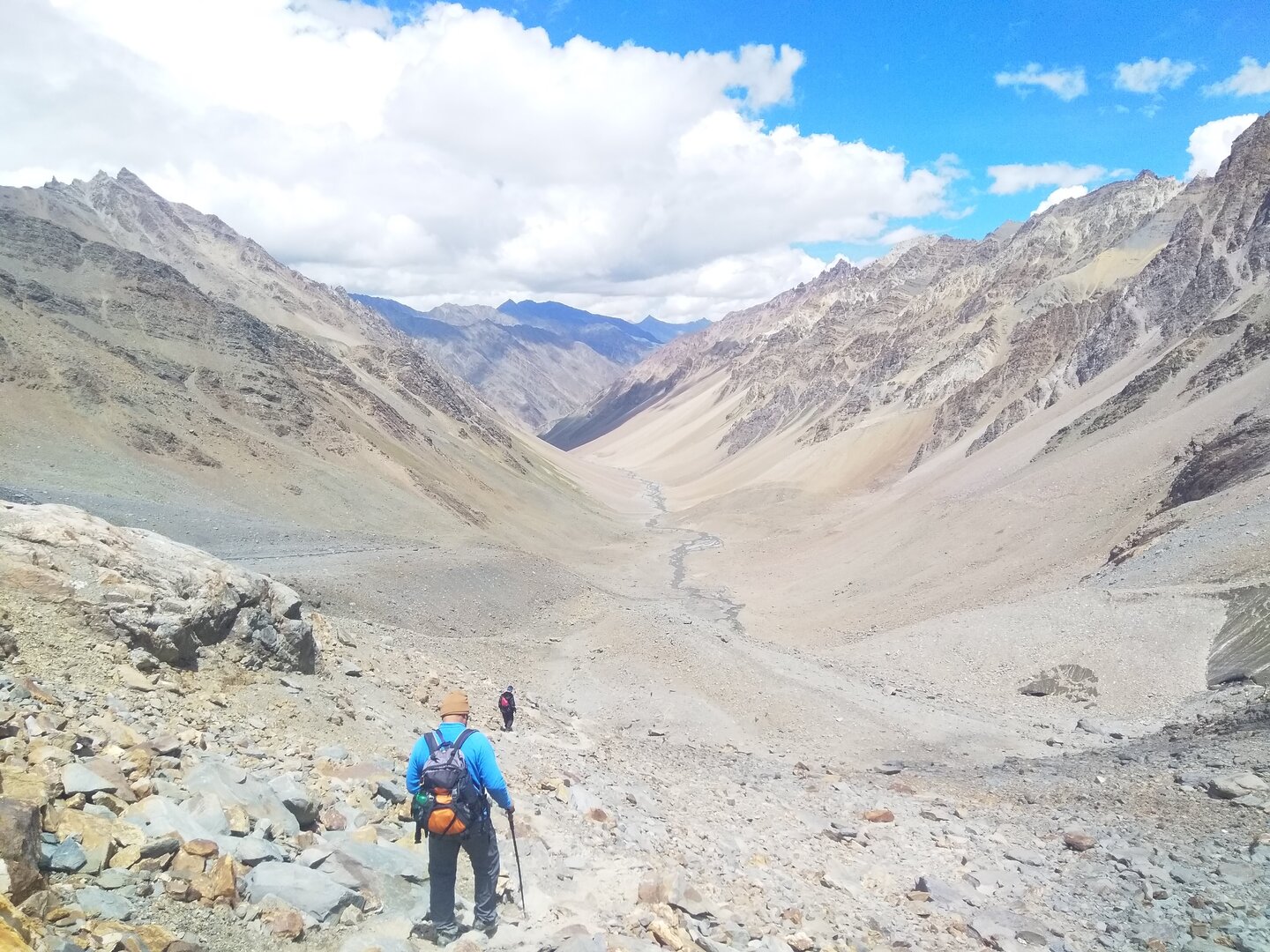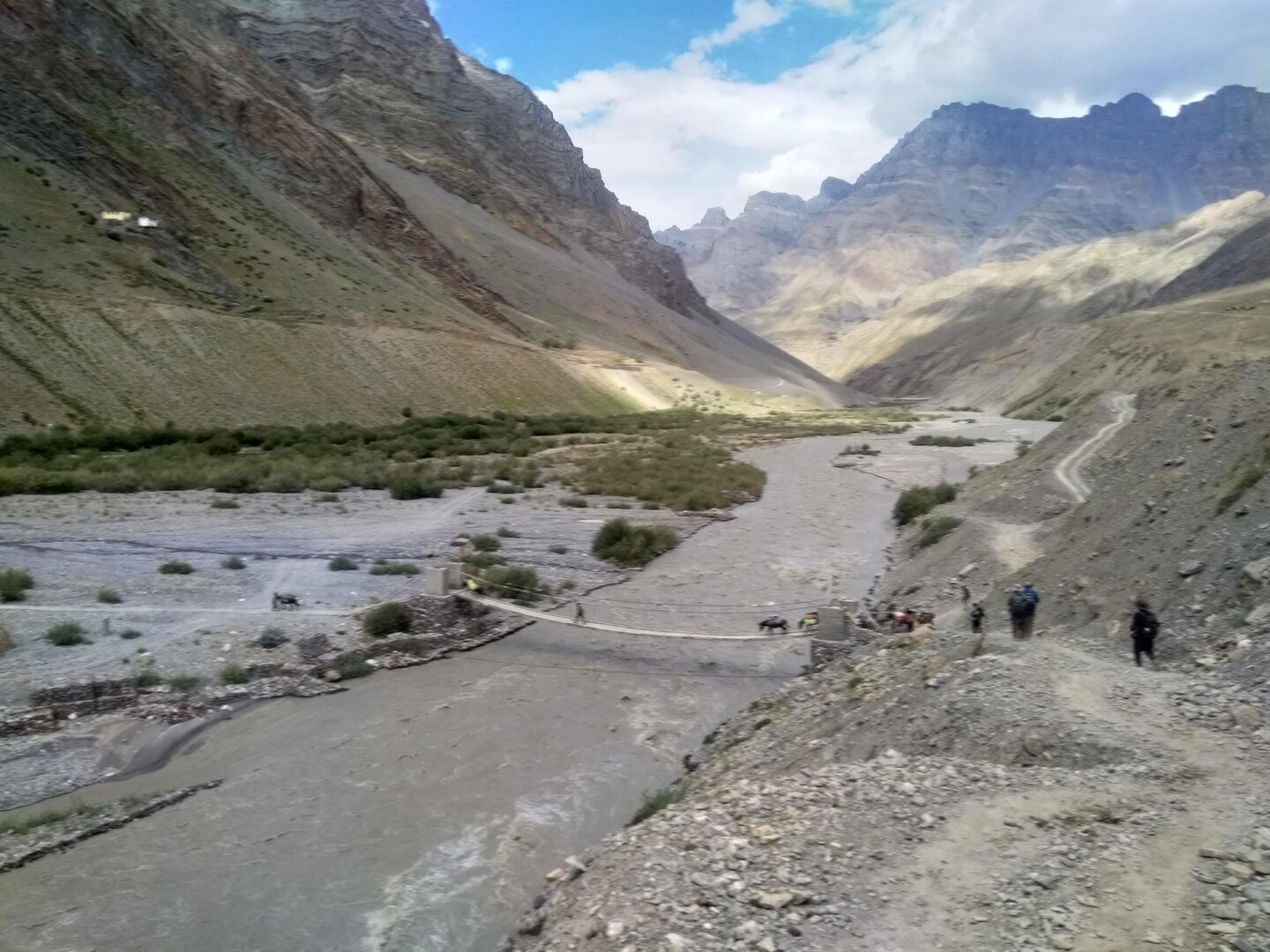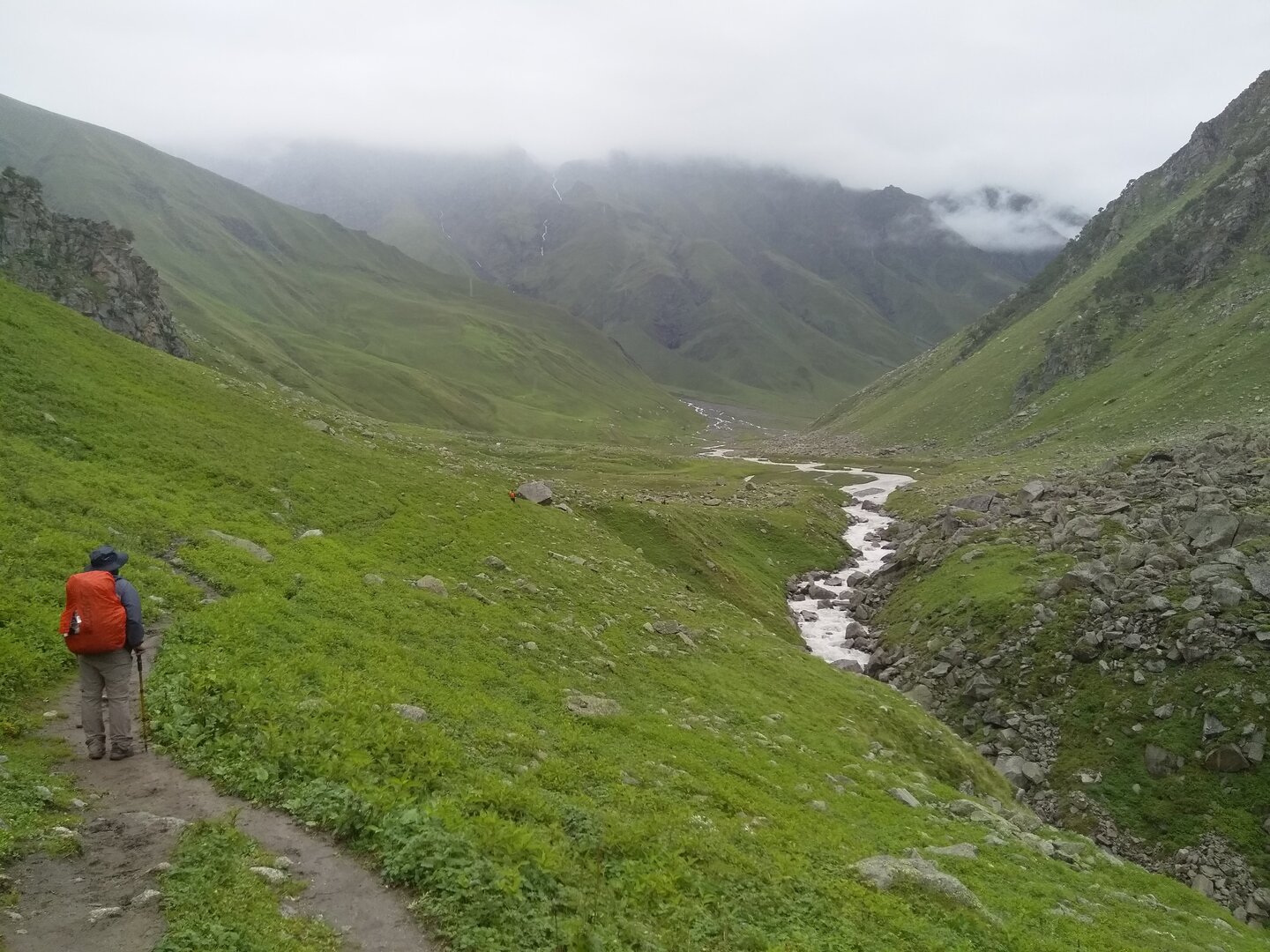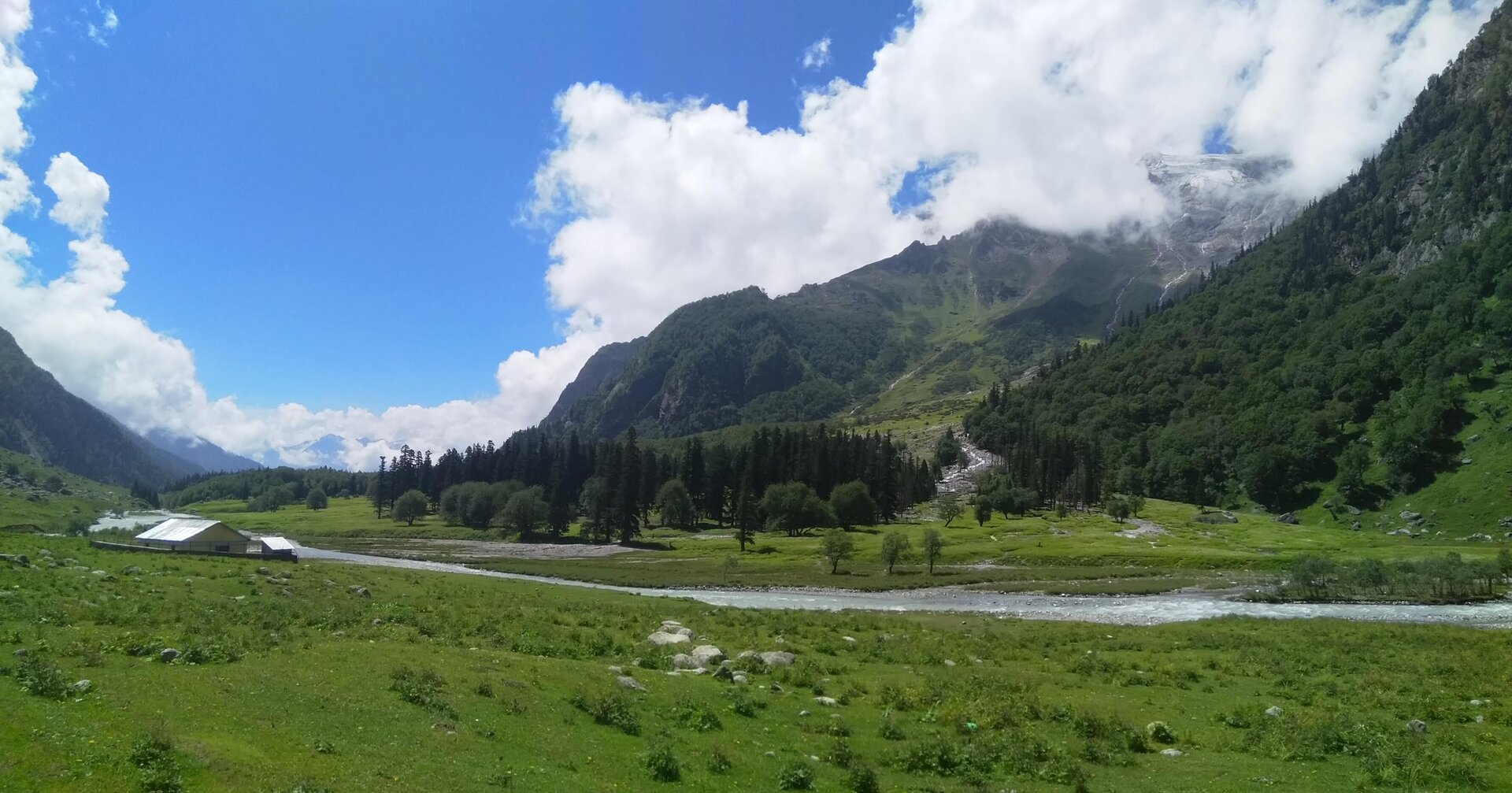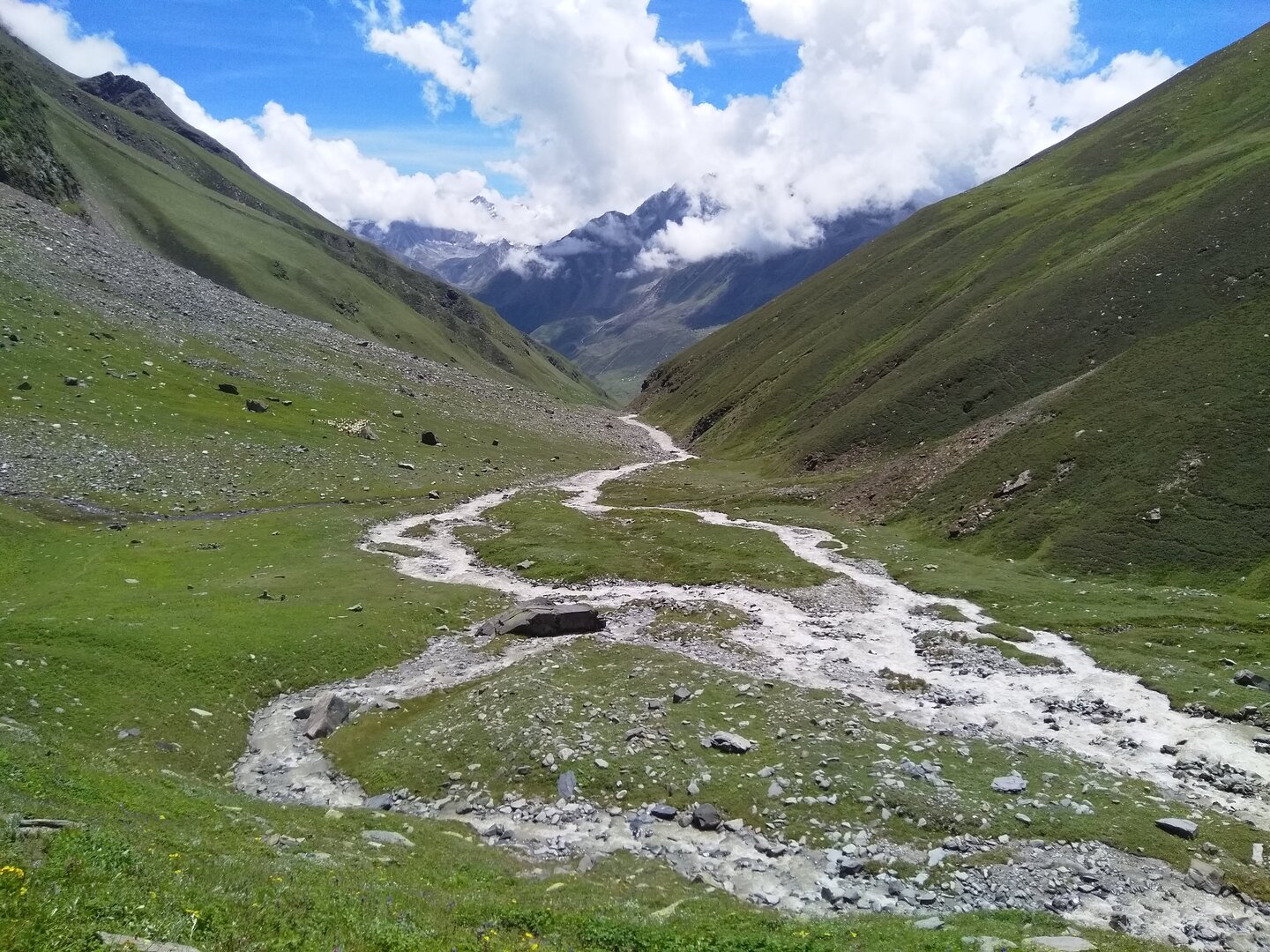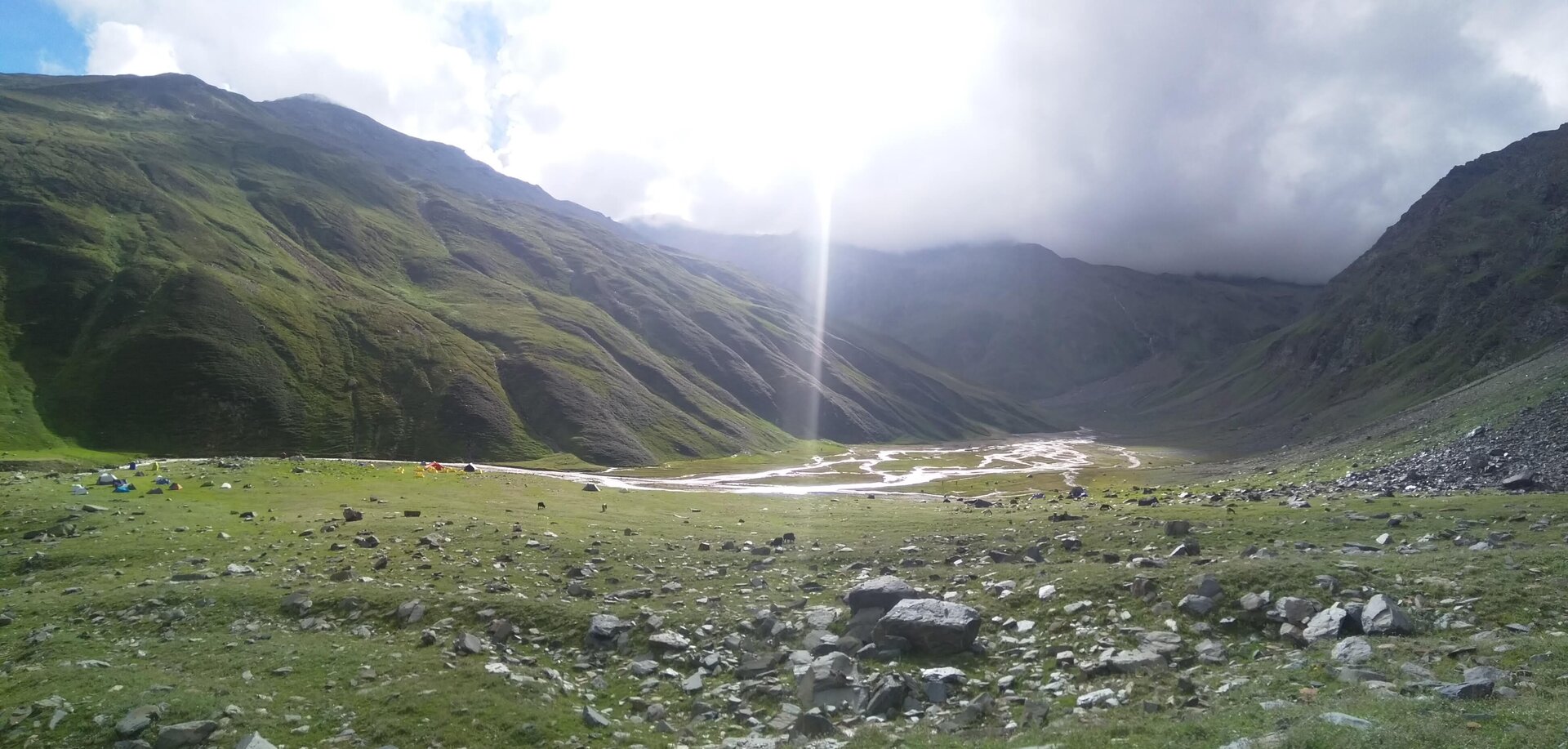✅ Pin Bhaba Pass connects lush Bhaba Valley to the cold desert of Spiti — a rare crossover trek.
✅ Located at 16,105 ft, the pass offers views of Pin Valley National Park, home to snow leopards and Himalayan ibex.
✅ Shares an endpoint with the famous Pin Parvati Pass, but is considered safer and more scenic.
✅ Locals say this trail was once used by ancient traders and shepherds — it’s a route rich in history.
✅ The Kinnaur side of the trek (up to Kara and Phustirang) is rich in alpine flora — you’ll walk through forests of pine, oak, and silver birch, and later meadows carpeted with wildflowers like Himalayan blue poppies, primulas, and orchids during peak summer.
✅ The Bhaba Valley is home to diverse birdlife — keep an eye out for Himalayan monals, lammergeiers (bearded vultures), golden eagles, and partridges on the grassy slopes.
✅ On the Spiti side, the landscape becomes stark and cold desert–like, but you may spot herds of Himalayan ibex grazing the cliffs, blue sheep (bharal) crossing ridges, and if lucky, signs of the elusive snow leopard.
✅ Medicinal plants like aconite, gentians, and rhubarb grow naturally in high-altitude meadows and have been used by locals for centuries.
✅ The sharp contrast across the pass is astonishing — lush, green, and life-filled valleys of Kinnaur suddenly give way to the arid, almost Martian landscapes of Spiti, where only the hardiest plants and animals survive.
